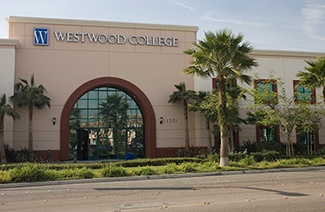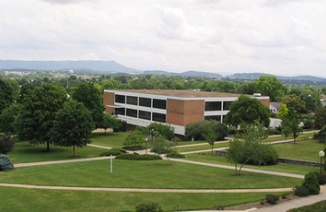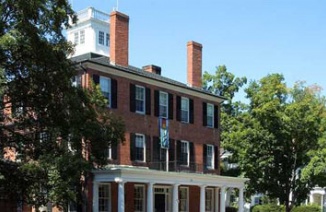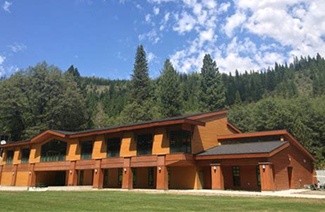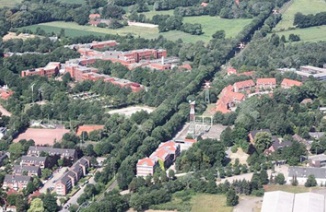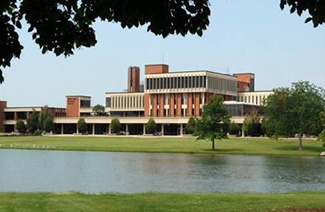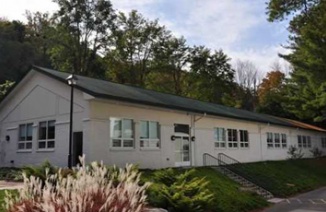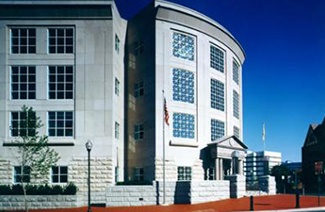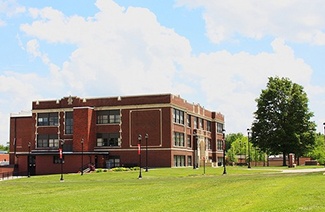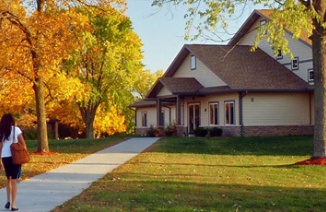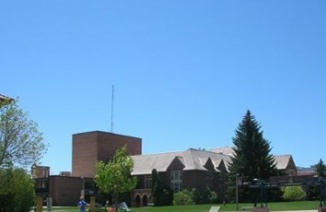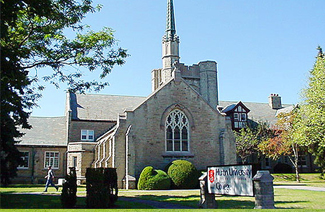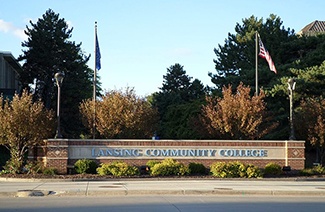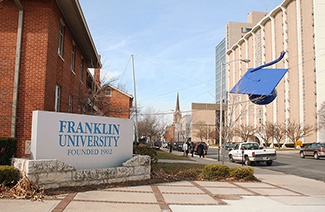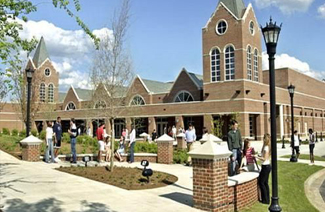The little ice age was a period of usually cold temperature in many parts of the world that lasted from about the year 1350 until 1900.
There were unusually harsh winters, and glaciers grew larger in many areas. Scientists have long wondered what caused the Little Ice Age. Several possible causes have been proposed.
First, the cooling may have been caused by disrupting of ocean currents. Before the Little Ice Age, there was a period of unusually warm weather during which glaciers melted. These melted glaciers sent a large amount of cold freshwater into the Gulf Stream, a large ocean current that strongly affects Earth's climate. Some scientists believe that this freshwater was enough to temporarily disrupt the Gulf Stream. Such a disruption could have caused the Little Ice Age.
Second, volcanic eruption could have caused the Little Ice Age. When volcanoes erupt, they send dark clouds of dust and sulfur gas into the atmosphere. These clouds, which can spread over great areas, block some sunlight from reaching Earth's surface. This can decrease the global temperatures. Scientists know of several volcanic eruptions that took place during the Little Ice Age.
Third, Substantial decreases in human populations may have contributed indirectly to the cooling of the climate. For a variety of reasons (disease, warfare, social disruption), the human population just before the Little Ice Age and during the early part of it was lower than it had been in a long time. Forest trees started growing on fields that were no longer used for agriculture. Since trees absorb carbon dioxide, a greenhouse gas, they decrease the greenhouse effect that keeps Earth warm. With more forest trees absorbing carbon dioxide, Earth became cooler.
托福综合写作听力文本
Unfortunately, the arguments of the reading passage are a little out of date. Scientists now have new information that shows that none of the ideas the reading passage discusses could account for the Little Ice Age.
First, about the Gulf Stream. Scientists now know that disrupting the Gulf Stream would cause cooling only in Europe and North America, but the Little Ice Age also affected the Southern hemisphere in places like New Zealand and Southern Africa for example. Since the disruption of the Gulf Stream cannot explain why these southern areas became cooler it cannot explain the Little Ice Age.
Second, the volcanoes theory. It's true that if volcanoes eruptions put enough dust into the atmosphere, the result can be a cooler climate. But large amounts of volcanic dust in the atmosphere would have also produced striking visual effects that people would have noticed at the time, for example, dramatically colorful sunset, or snow being grey or brown instead of white. But there are almost no reports of anything like that routinely happening during the Little Ice Age. So it seems that the volcanic eruptions during that period were simply not strong enough to release the large amounts of dust needed to lower global temperatures.
Third, about forests on farmland stopping the warming greenhouse effect by removing carbon dioxide. There just was not enough time for this effect to work. The human population grew back to previous levels fairly quickly, which meant that forests were soon being cut down again to clear fields for the crops needed to feed the growing population. As a result, we know that the forests mentioned in the reading passage were not there long enough to cause the long term global cooling of the climate.
Summarize the points made in the lecture, being sure to explain how they challenged the specific theories presented in the reading passage.
阅读文章解析
小冰河时代的成因:
1. 冰川融化,海洋洋流阻断
2. 火山爆发,降低全球温度
3. 人口降低,耕地变树吸CO2
听力文章解析
阅读材料过时了
1. Gulf Stream
Climate change only in NA and Europe
但小冰河时代还影响了北半球,NZ,SA;
2. Volcano Theory
会遮大气层
但会发出刺眼亮光,日出,雪变色,事实却没人看到
农业减少,温室效应减少
A.农业have no time,因人口很快恢复,树木很快被砍伐
